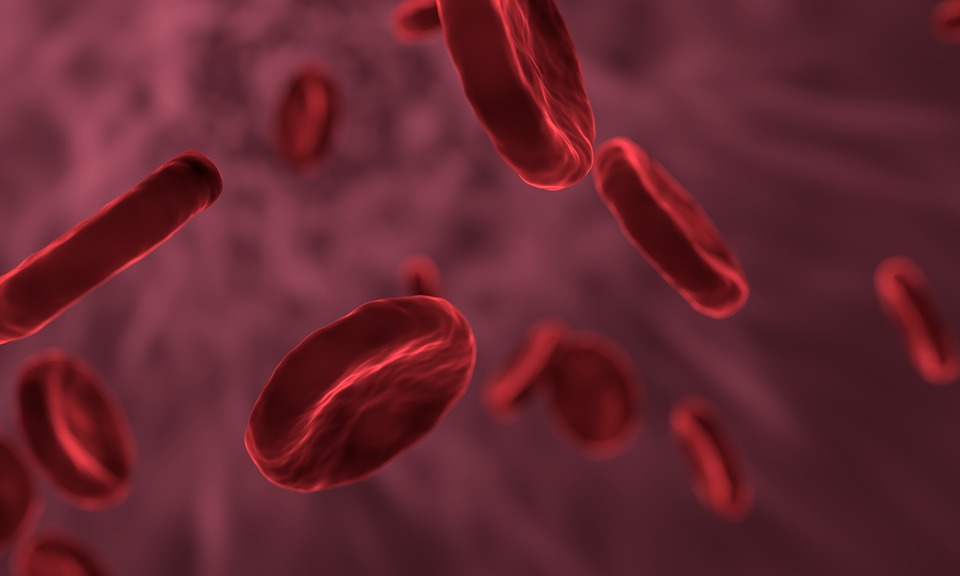“The blood is constantly passing through the lungs into the aorta (the large blood vessel leading from the heart)… There is a passage of blood from the arteries to he veins… A perpetual motion of the blood in a circle is brought about by the beat of the heart.”
In these words, the English physician William Harvey summarized one of the high landmarks in the history of medicine and physiology: the discovery of the circulation of the blood. We take this idea so much for granted today that it is hard to realize why its demonstration was so long delayed.
The History

The lingering influence of Galen was chiefly responsible for this grand discovery. He had taught that the blood ebbs and flows and that it moves from the right to the left side of the heart by oozing through fine pores. He had also held that the blood produces some mysterious sort of “vital spirit.” These erroneous doctrines persisted for many centuries.
In the sixteenth century, several men were on the verge of discovering the real nature of the blood’s movement. Among them were Realdo Columbus, Michael Servetus, Hieronymus Fabricius and Andrea Cesalpino – by the way, the Italians still credit Cesalpino with the discovery. However, Harvey alone made the necessary experiments and measurements that proved once and for all that the blood actually circulates through the body and that it does not alternately ebb and flow like the tides.
William Harvey was born at Folkstone, in the south of England, in 1578. After a fine classical education at the grammar school in Canterburry and at Cambridge, he departed for Padua to study medicine. His master was the eminent Fabricius, whose teachings on anatomy and embryology were quite advanced for the time. While at Padua, Harvey was elected president of the “English nation” – the fraternity of English lads attending great Italian university. After receiving his doctor’s degree in medicine in 1602, Harvey returned to England to become a physician in St. Bartholomew’s Hospital in London and a lecturer at the Royal College of Physicians. He later became physician to the Stuart Kings James I and Charles I. Among his official duties as court physician was the examination of women accused of witchcraft; he was required to see if their bodies showed signs of burns – supposedly an indication of congress with the devil. You’re your information, Harvey never found any such burns!)
And, later on, during the English civil wars, he fled with his royal master, Charles I, to Oxford.
The Beginning Of A Great Discovery

Harvey has a most successful private practice; he numbered Francis Bacon and other notables among his patients. His chief claim to fame, however, rests upon his work as an original investigator and scientific writer. His studies on the circulation of the blood he reported in a slender volume, written in Latin and published in 1628: An Essay Concerning The Motion Of The Heart And Blood In Animals. Harvey had presented his findings in his lectures at the Royal College of Physicians long before this time. The delay in publication was probably due to his desire to accumulate further proof of the circulation of the blood.
Harvey has set forth the difficulties of his task in the opening words of the essay:
“When I first gave my mind to vivisections, as a means of discovering the motion and uses of the heart and sought to discover these from actual inspection and not from the writings of others, I found the task so truly arduous, so full of difficulties, that I was almost tempted to think, with Fracastoro, that the motion of the heart was to be comprehended only by God.”
However, with perseverance and persistence, Harvey discovered that man had enough intelligence to comprehend that “God-created-organ.” So, follow me on part 2 and you’ll learn more about that fascinating discovery.



Pingback: Chlorine Allergy: A Growing Problem – Hello sites
Pingback: How Do I Know If I Am Pregnant With A Boy Or A Girl? – Hello sites